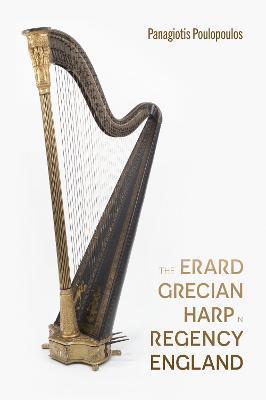The Erard Grecian Harp in Regency England

The Erard Grecian Harp in Regency England
Drawing upon a wide variety of primary sources, including surviving instruments, archival documents and iconographical evidence, this book provides a comprehensive overview of the development, production and consumption of the Erard Grecian harp in Regency England. The innovative approaches employed by the Erard firm in the manufacture and marketing of harps are measured against competitors but also against the work of leading entrepreneurs in related trades, ranging from the mechanical devices and precision tools of James Watt, Henry Maudslay or Jacques Holtzapffel, through the ornamental pottery of Josiah Wedgwood, to the clocks and watches of George Prior or Abraham-Louis Breguet. In addition, the book examines the omnipresent role of the harp in the education, art, fashion and literature of the Regency era, discussing how the image and perception of the instrument were shaped by groundbreaking advances, such as the Industrial Revolution, Neoclassicism, and the Napoleonic Wars.
PRP: 362.73 Lei
Acesta este Pretul Recomandat de Producator. Pretul de vanzare al produsului este afisat mai jos.
326.46Lei
326.46Lei
362.73 LeiLivrare in 2-4 saptamani
Descrierea produsului
Drawing upon a wide variety of primary sources, including surviving instruments, archival documents and iconographical evidence, this book provides a comprehensive overview of the development, production and consumption of the Erard Grecian harp in Regency England. The innovative approaches employed by the Erard firm in the manufacture and marketing of harps are measured against competitors but also against the work of leading entrepreneurs in related trades, ranging from the mechanical devices and precision tools of James Watt, Henry Maudslay or Jacques Holtzapffel, through the ornamental pottery of Josiah Wedgwood, to the clocks and watches of George Prior or Abraham-Louis Breguet. In addition, the book examines the omnipresent role of the harp in the education, art, fashion and literature of the Regency era, discussing how the image and perception of the instrument were shaped by groundbreaking advances, such as the Industrial Revolution, Neoclassicism, and the Napoleonic Wars.
Detaliile produsului








